With the peak summer holiday season fast approaching, the UK government is shortly due to review its traffic light system for international travel, with Italy and France among the destinations speculated to move into the lowest-risk ‘green list’ category.
Following the last review on June 3rd, the next announcement was expected on June 24th as the government planned to release changes every three weeks. However, UK authorities said the next review will now be on Monday June 28th.
With just days to go until the official announcement, how likely is it that Italy will make the cut?
READ ALSO:
- TRAVEL: How many flights are still available between the UK and Italy?
- UPDATE: What are the rules on travel to Italy right now?
How the UK government decides who makes the green list
When deciding which lis to put countries on, the British government takes into account the percentage of the population vaccinated, the rate of infection, the prevalence of variants of concern and the reliability of a country’s scientific data and genomic sequencing.
This system was introduced in May to restart international travel, with different parameters and measures set, classifying destinations as red, amber or green.
British authorities stressed that people should only be booking holidays to places on the ‘green list’, but only 12 made the final count, including Australia, the Falkland Islands and New Zealand.
Portugal was subsequently dropped from the lowest-risk green category and moved to ‘amber’ due to the country’s worsening health situation, leaving only 11 on the UK’s ‘green list’.
EXPLAINED: The European countries on England’s ‘amber’ travel list and what that means
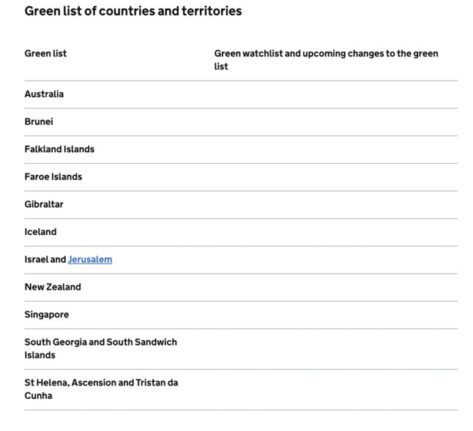
So are Italy’s data looking good enough to go green?
It’s unlikely that the UK government will be lenient when drawing up the new lists, as a government source told The Guardian, “My sense is that we’ll continue to be very cautious in thinking about how we take any steps that could increase transmission.”
But industry professionals have argued that some countries, including Italy, warrant being moved onto the UK’s ‘green list’.
Travel expert Paul Charles said that 10 countries, including Italy, justify being moved to the lowest-risk status based on vaccination rates and declining infection numbers.
Here’s the latest data. Higher vaccination rates, especially in #Europe, are reducing 14-day infection rates to the point where it’s still obvious several destinations should be on the green list. Political jousting is blocking travel recovery and threatening jobs. @ThePCAgency pic.twitter.com/r6IzgORlHV
— Paul Charles (@PPaulCharles) June 20, 2021
He added, “The traffic light system is shot to pieces at the moment, because of the way they treated Portugal two weeks ago. They’ve either got to reinvigorate it or outline how they’re going to enable fully jabbed citizens to travel with more freedom when returning from Amber zones.”
The graph below shows how these countries stack up in terms of their vaccine rollout, based on at least one dose, compared to the United Kingdom and European Union average.
Italy’s health situation is improving, and almost all of the country is under light restrictions in the lowest-risk ‘white zone’ category, bar the region of Valle d’Aosta, -which is the only area to remain in the low-risk ‘yellow zone’.
The country has been reporting around 2,000 new daily infections on average nationwide since June 7th – the lowest figures seen since September 2020.
According to the latest weekly health data, the national average Rt reproduction number, which shows the rate of new infections, was steady at 0.69 (it was 0.68 the week before).
Italy’s national average 7-day incidence rate had fallen to 16 cases per 100,000 inhabitants, from 25 the week previously.
Regional authorities have also dropped most of the remaining coronavirus restrictions earlier than planned under the national roadmap for reopening as a result of the latest health data.
READ ALSO: Coronavirus: How much is the Delta variant spreading in Italy?
And the vaccination rollout continues to gather pace too, with some 46.6 million shots administered and over 16 million people fully vaccinated, making up almost 30 percent of the population over 12 years old, according to the latest figures.
But concern over the so-called Delta variant might prevent the UK government from downgrading Italy from its ‘amber’ status.
Although the Higher Health Institute has estimated the variant, which originally originated in India, only accounts for around 1 percent of the country’s total cases, further data has suggested that the real figure could be as high as 26 percent, making Italy the fifth-highest in the world for the prevalence of this strain.
If Italy makes the green list, what are the rules?
Should Italy qualify for green status, it isn’t business as usual in the pre-Covid sense.
There’s still protocol to follow, but thankfully for travellers who may have been put off by lengthy quarantines, there’s no requirement to isolate on arrival.
However, some testing remains in place. You have to take a Covid-19 test on or before day two after you arrive, with children aged 4 and under being exempt.
Quarantine only applies if the test result is positive. Alternatively, you must quarantine if the UK’s National Health Service (NHS) informs you that you’ve travelled to England with someone who has tested positive for Covid-19.
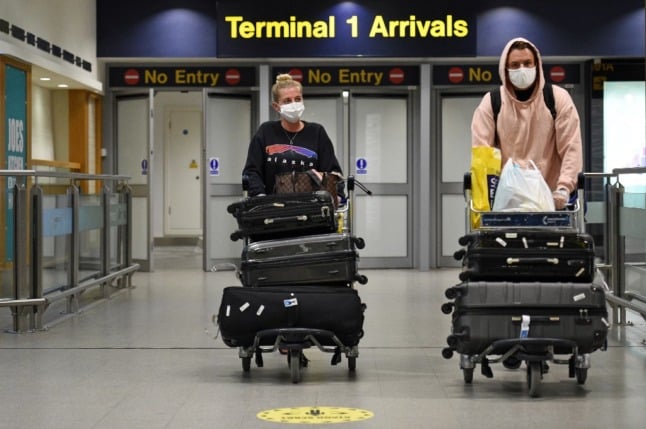
What will happen if Italy stays on the amber list?
If UK authorities deem Italy’s health data isn’t favourable and the country stays ‘amber’, there could still be changes.
The current rules for arrival in the UK from an ‘amber’ country include the need to quarantine for 10 days and take a pre-departure test, as well as a PCR test on day two and day eight. You can also take an additional test on day five to end self-isolation early.
EXPLAINED: How has Italy changed its rules on travel from the UK?
Will the rules change for vaccinated travellers?
The British government is “working on” plans to drop the quarantine from amber countries if travellers are fully vaccinated.
The UK health secretary, Matt Hancock, said in an interview with ITV news that ministers are looking at how to scrap the 10-day quarantine on return from an amber list destination.
“We are working on what extra freedoms people can have when they are double vaccinated but we’re not there yet,” he said.
Reader question: What Covid-19 tests do I need for travel between Italy and the UK?
At this stage, there is no detail to the plan, and when asked if the system would be in place by the beginning of August, he said: “We’ll get there when it’s safe to do so.”
It was not clear from Hancock’s statement whether the rule change would also apply to people who had been vaccinated outside of the UK, as he was talking about British travellers returning from abroad.
From July 1st, the EU ‘green pass’ scheme will mean those fully vaccinated in Italy can travel freely around the EU and Schengen zone by using their vaccine passport.
No longer a member of the EU, however, the UK will not benefit from this.
Stay up to date with Italy’s travel rules by following The Local’s travel section and checking the Italian Health Ministry’s website (in English).
Please note The Local is unable to give advice on individual cases.

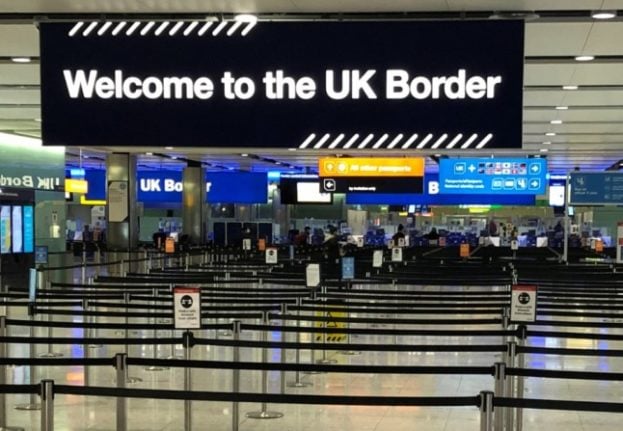

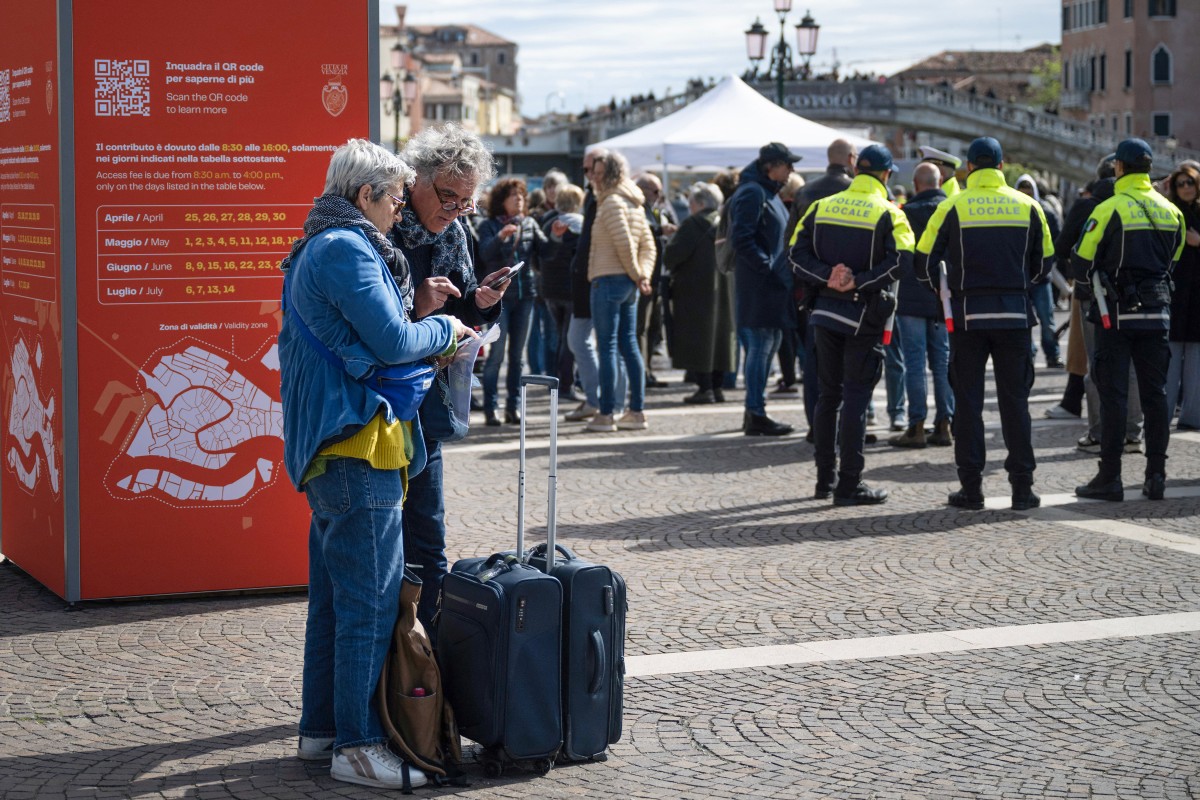
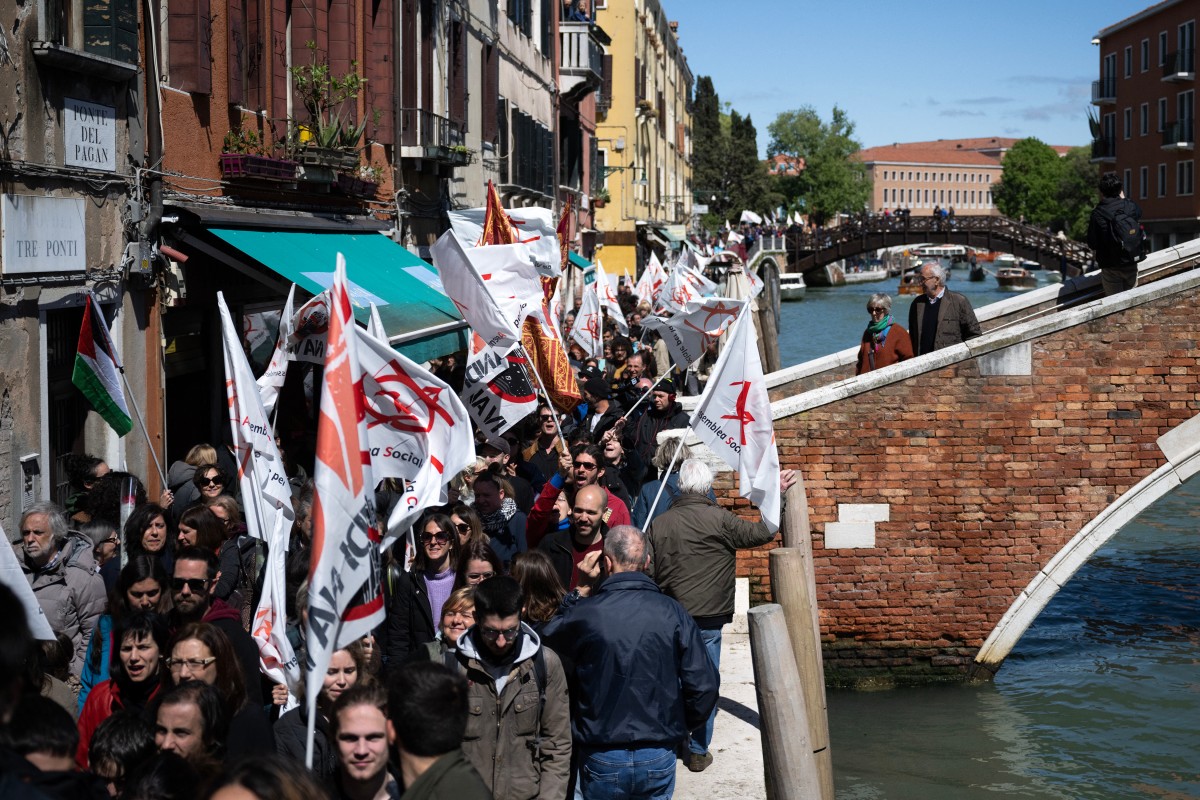
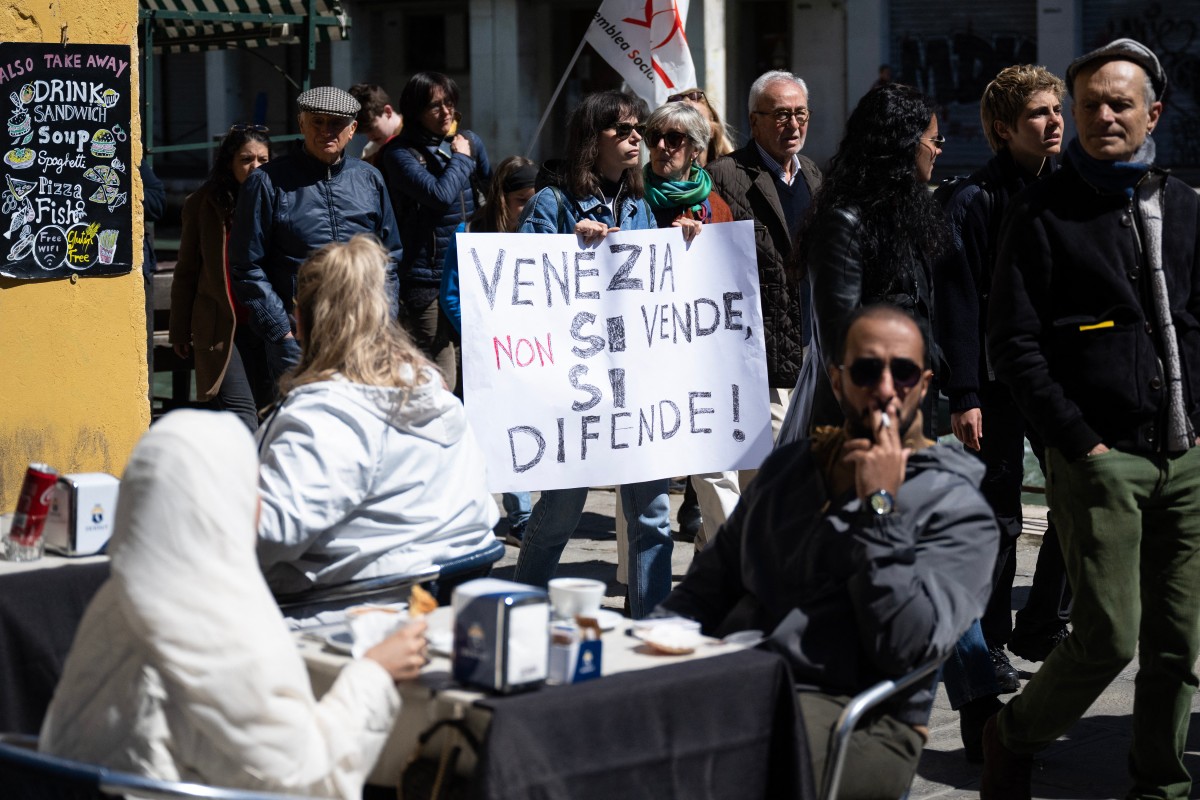

 Please whitelist us to continue reading.
Please whitelist us to continue reading.
I don’t get it, UK have had a terrible time with Delta but they had taken the EU countries off the green list. Has it occurred to them that may be Italy doesn’t want to be on their green list at the moment?